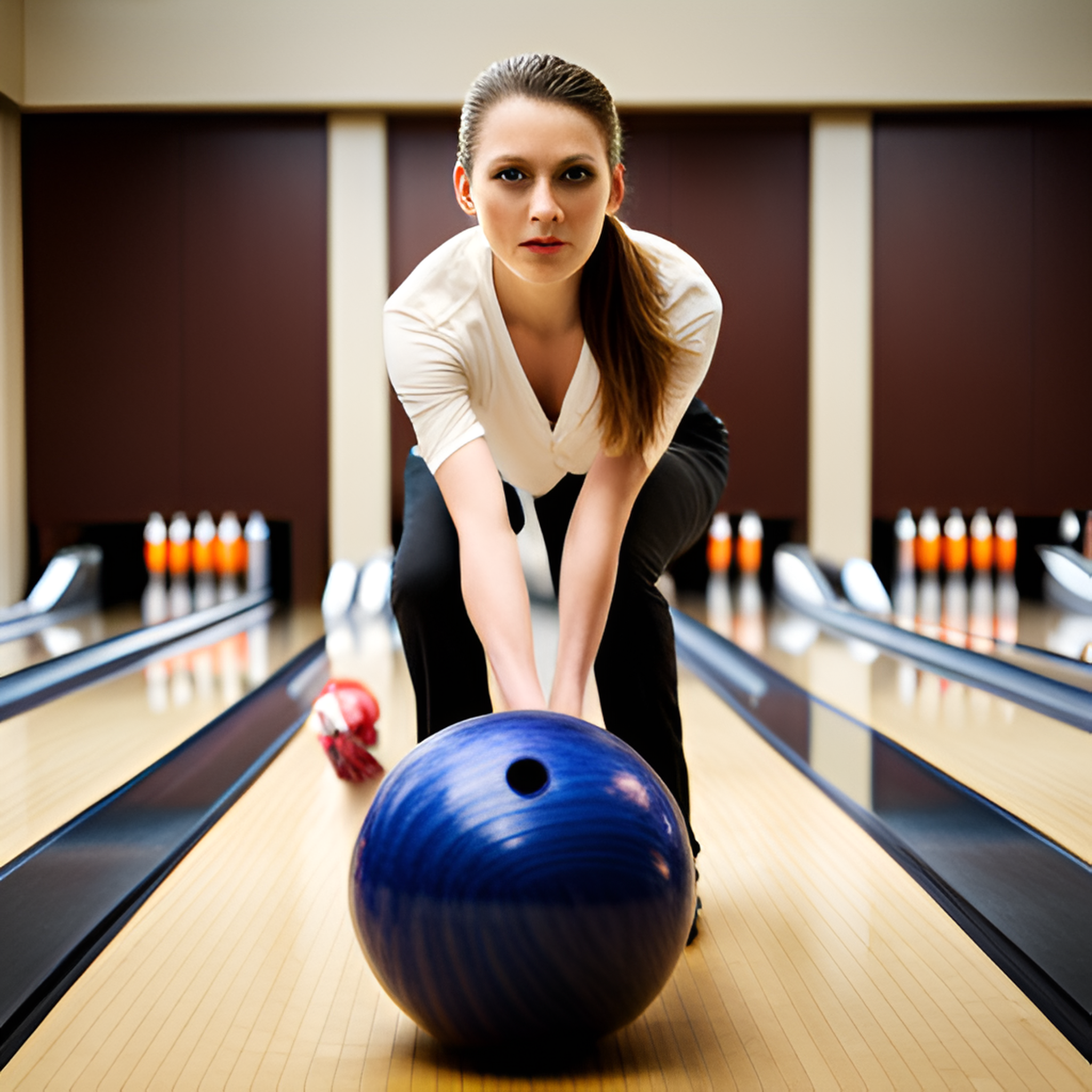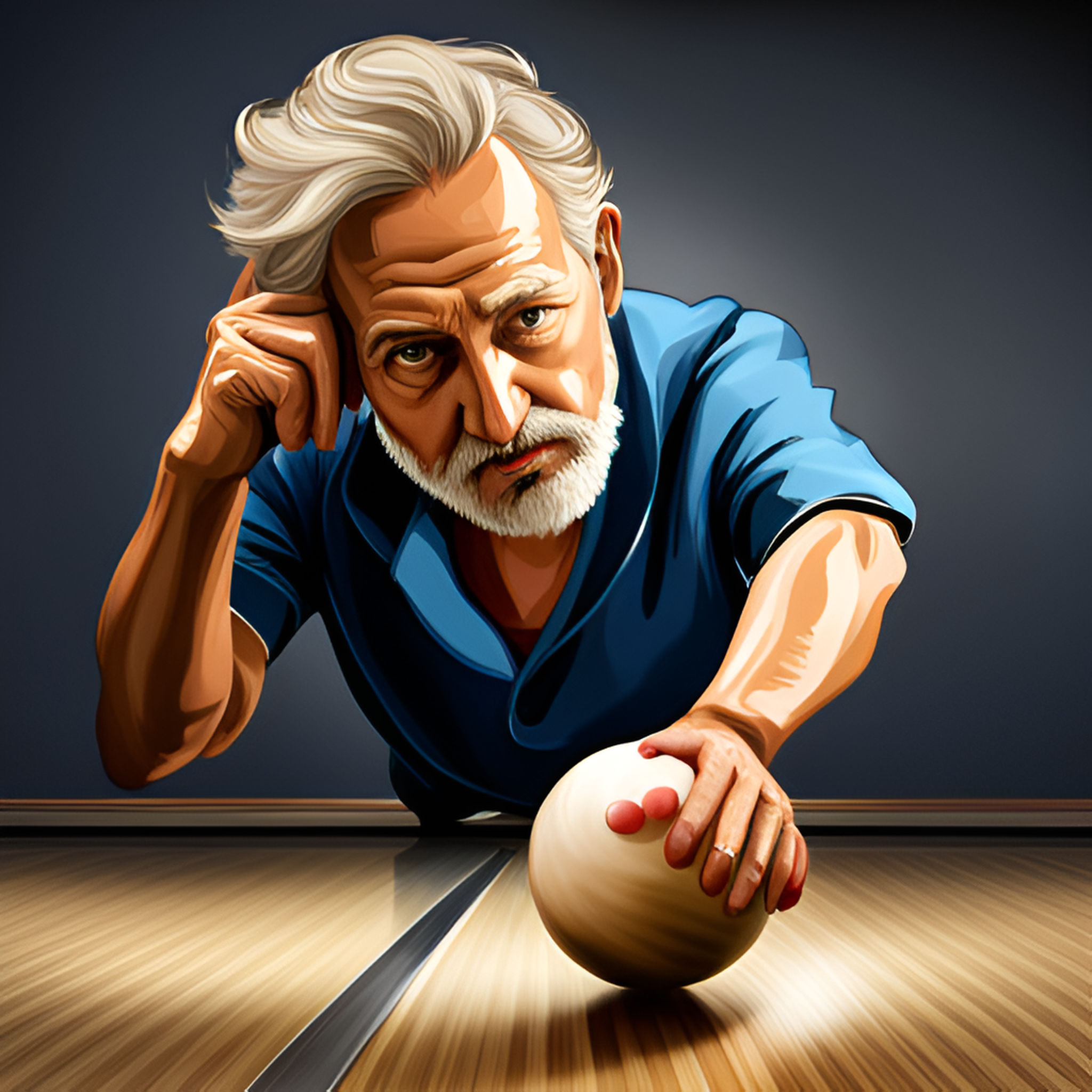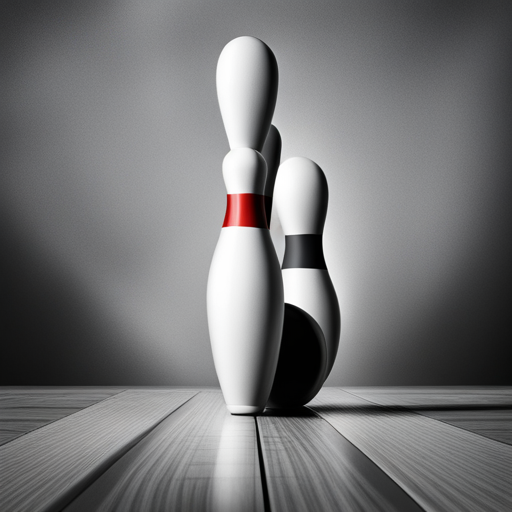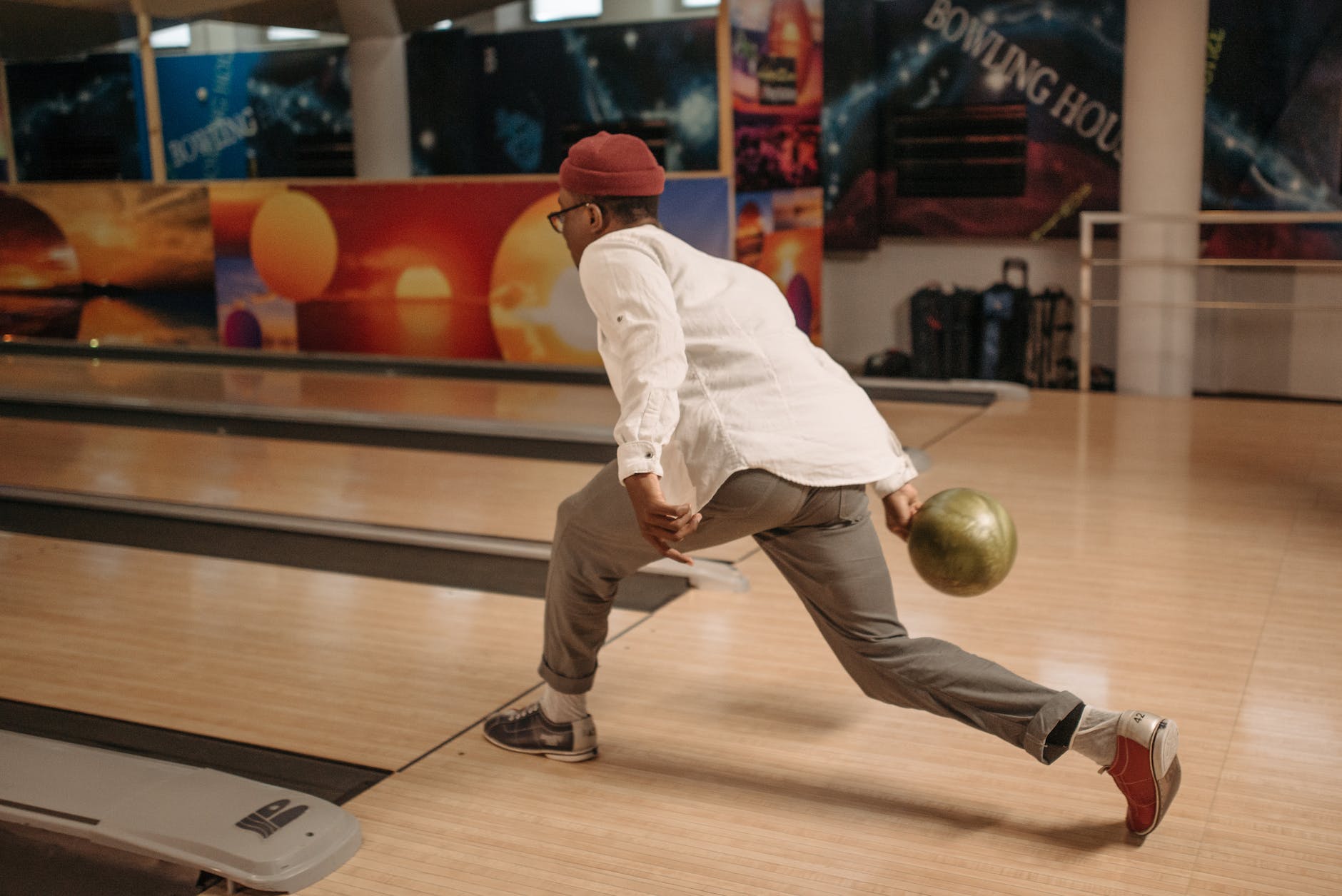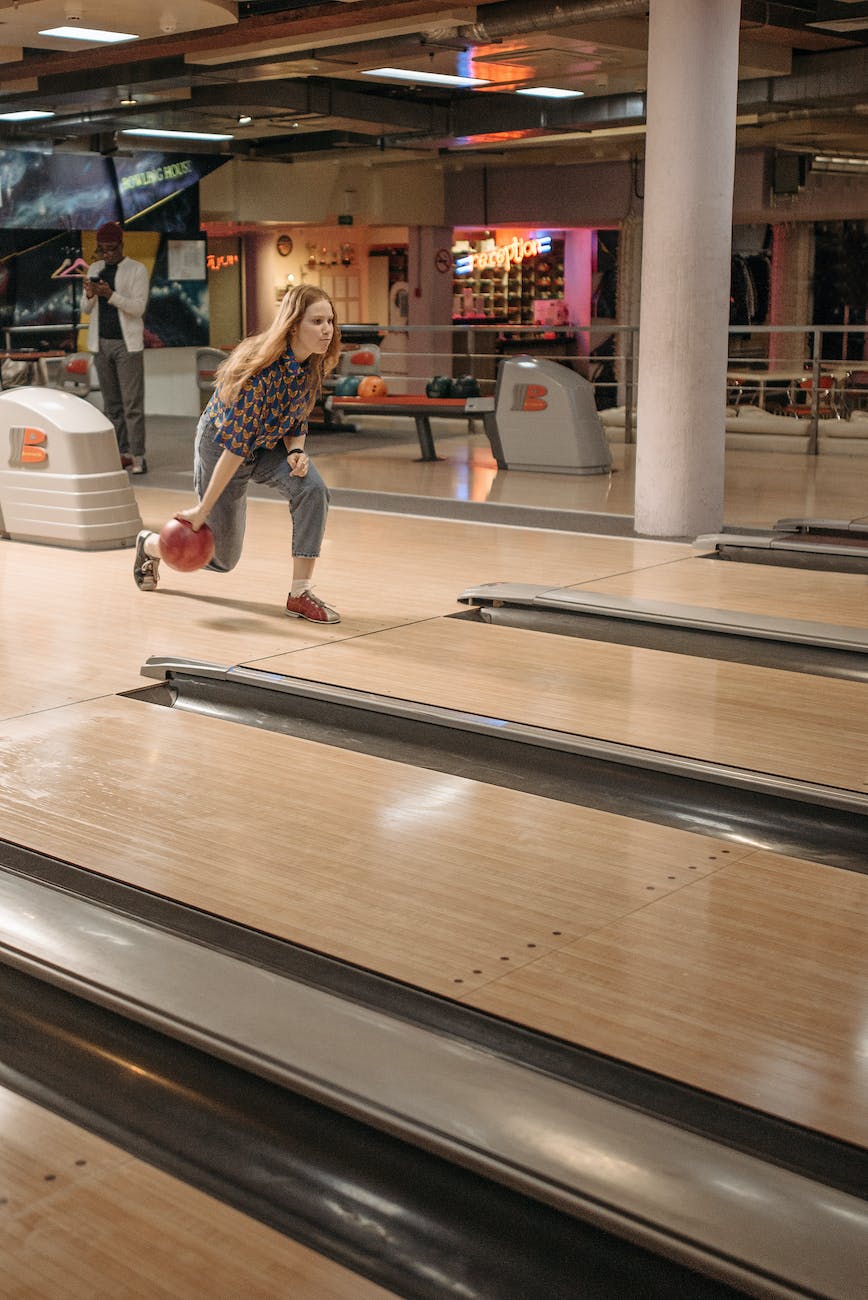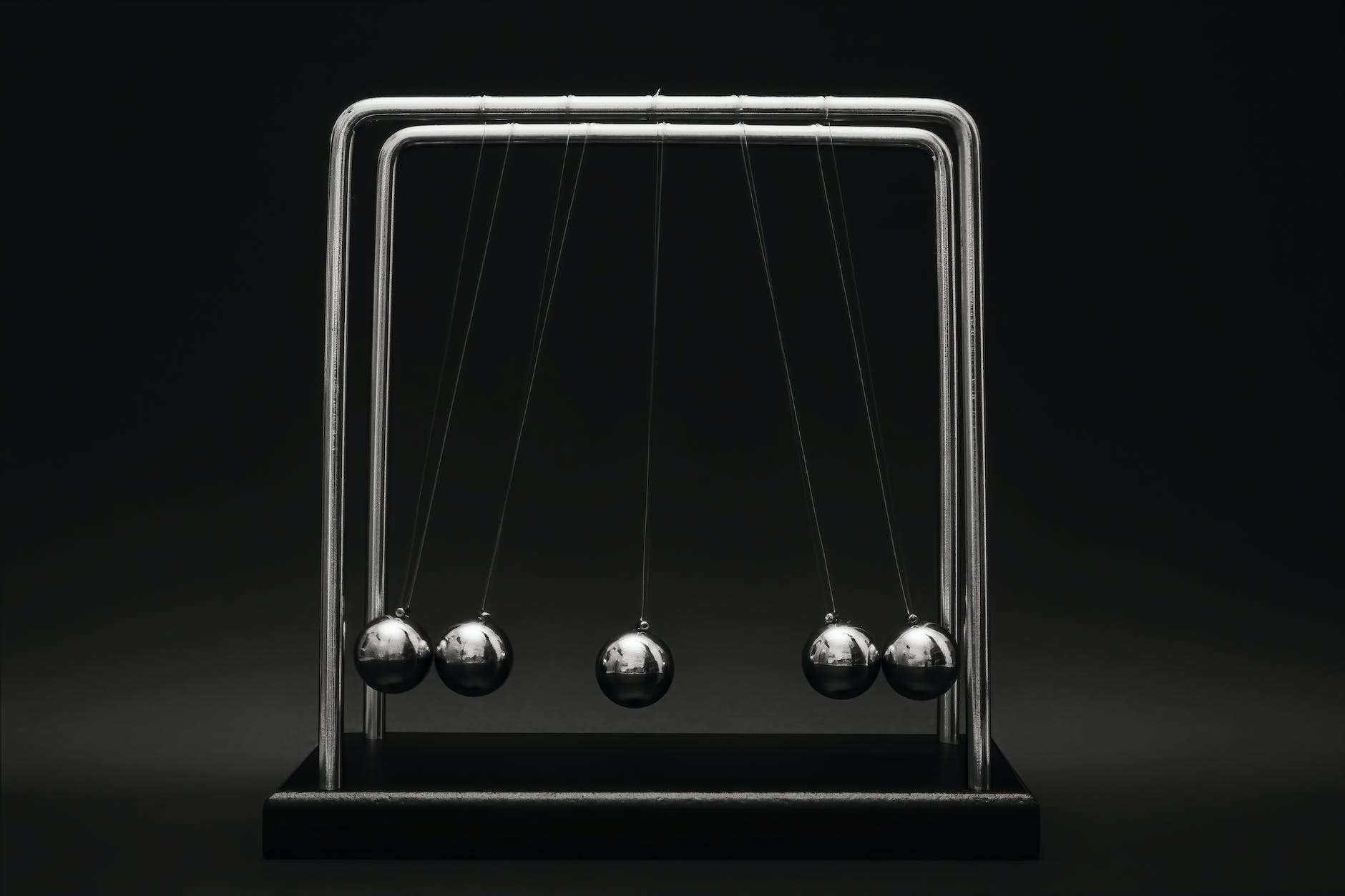Mastering the Game: Enhancing Bowling Accuracy in Real-life Scenarios
The Importance of Alignment and Spotting If you’re struggling to improve your bowling accuracy, the first thing to consider is the alignment of your hand and body. It’s essential to align them correctly to send the ball in the desired direction. Let’s delve deeper into the concepts of spotting and alignment. Spotting refers to ‘lining … Read more
